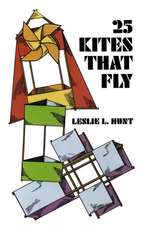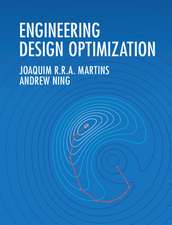Electrostatic Dust Mitigation and Manipulation Techniques for Planetary Dust
Autor Nima Gharib, Javad Farrokhi Derakhshandeh, Peter Radziszewskien Limba Engleză Paperback – 24 aug 2022
This will be an ideal resource for space system engineers, space exploration researchers, and advanced students and professionals in space engineering.
- Provides a comprehensive background on lunar and Martian dust properties and challenges and compares currently available mitigation strategies
- Highlights the problems from dust on various space systems and crew
- Features discrete element models which were created and calibrated based on experimental results to study the capacity of the proposed technique for removing and cleaning dust in a planetary environment
Preț: 816.80 lei
Preț vechi: 1072.27 lei
-24% Nou
Puncte Express: 1225
Preț estimativ în valută:
156.29€ • 163.62$ • 129.32£
156.29€ • 163.62$ • 129.32£
Carte tipărită la comandă
Livrare economică 31 martie-14 aprilie
Preluare comenzi: 021 569.72.76
Specificații
ISBN-13: 9780128219751
ISBN-10: 0128219750
Pagini: 272
Ilustrații: 130 illustrations (40 in full color)
Dimensiuni: 152 x 229 x 19 mm
Greutate: 0.37 kg
Editura: ELSEVIER SCIENCE
ISBN-10: 0128219750
Pagini: 272
Ilustrații: 130 illustrations (40 in full color)
Dimensiuni: 152 x 229 x 19 mm
Greutate: 0.37 kg
Editura: ELSEVIER SCIENCE
Cuprins
1. Introduction
2. Dust related problems
3. Fundamentals of electrodynamics and simulations
4. Dust mitigation techniques
5. Charging techniques and measurements
6. Particle handling with electrostatic force
7. Analytical and numerical modeling
8. Conclusions
2. Dust related problems
3. Fundamentals of electrodynamics and simulations
4. Dust mitigation techniques
5. Charging techniques and measurements
6. Particle handling with electrostatic force
7. Analytical and numerical modeling
8. Conclusions


















